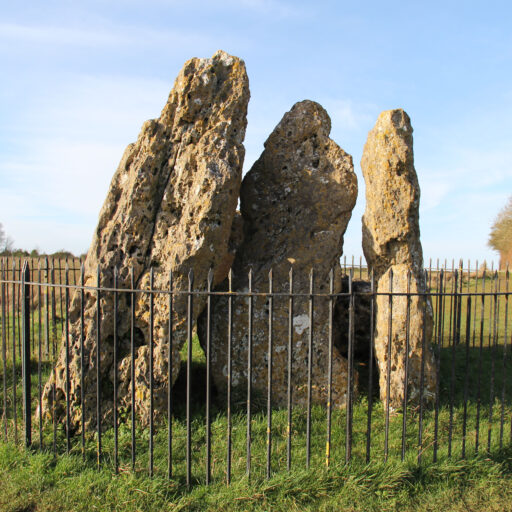After much trial and error, I have finally created a recipe for a lightly carbonated, delicately floral elderflower champagne. This should make six 750ml bottles.
Ingredients:
– Twelve to fourteen elderflower heads
– Two medium sized lemons
– 600g sugar
– 1 heaped teaspoon of citric acid (optional)
– 4.5 litres of water plus an additional 100ml overage for any lost during the heating process.
Equipment:
– A large cooking pan
– Wooden spoon
– Tea towel
– Muslin cloth
– Funnel
– Ladle
– Scales
– Empty glass bottles, sterilised
When foraging, try not to take all of the heads from one bush.
Firstly, do not wash the elderflower heads. Give them a good shake over the sink to make sure there are no creepy crawlies remaining on your heads. Cut off as much of the green stalk as you can, as it is poisonous in large quantities.
Heat the water on the stove top. Once the water has begun to boil, pour in the sugar bit by bit and stir until it has dissolved. Once dissolved, turn down the heat to keep it hot but not boiling. Prepare and add in your sliced lemons and elderflower.
You can add the citric acid, but it is not essential. It adds a little extra sweetness and helps with preservation. Simmer for 5-10 minutes, stirring in intervals. Place the tea towel over the pan and let it cool. Over the next three days, make sure you stir your mixture 2-3 times a day to activate the natural yeast in the elderflower.
You will know that the mixture has become carbonated once the elderflower has risen to the top of the mixture. It is now ready to be bottled!

You can see the yeast has been activated 
The bottles will need to be sterilised. If you need advice on how to sterilise bottles, please see here. Pour the champagne into the bottles using a ladle and a funnel. Place the muslin over the funnel to ensure that no bits make it into your final brew.
Make sure that you burp the bottles twice a day for the first week. Leave the bottles to settle for another week before drinking so that the yeast settles at the bottom. Whilst this drink is called champagne, it is actually very low in alcohol due to the natural yeast.
If stored correctly it can last up to a year, but it is best drank within six months. Once opened, keep refrigerated an drink within three days.





Comments
2 responses to “Elderflower Champagne”
[…] was watered almost everyday. We harvested some of our elderflowers and made the most wonderful elderflower champagne, which we are still working our way […]
[…] would prefer a flat beverage rather than carbonated. Lilacs do not contain natural yeast, unlike elderflowers. This recipe will make just over two 750ml bottles.As previously mentioned, when foraging for […]